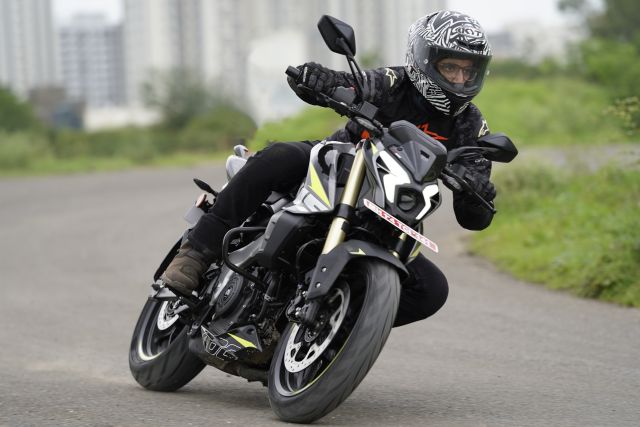
The flagship Pulsar has received some essential upgrades with the objective of making it a better performer. We saddled up to see what’s what.
I used to own a Pulsar NS200. As a matter of fact, it was my first bike, so when I rode the NS400Z for the first time, it felt very familiar but with the additional kick of the 373-cc engine, which I quite enjoyed. The biggest draw of the bike (as stated by the company) was and still is how much performance it offers for a sub-Rs 2 lakh motorcycle (ex-showroom).
For the 2025 version of the NS400Z, Bajaj have made various additions to improve the performance and handling of the motorcycle and these changes are based on feedback received about the original NS400Z. Visually, the only distinguishing factor between the new bike and the pre-update one are the new tyres. The rear is now a wider 150-section unit, compared to the previous 140-section one, and the front tyre is now also a radial. These are Apollo’s Alpha H1 tyres which I’ve experienced on a few bikes prior to this, and have always had a fun and confidence-inspiring experience with them.
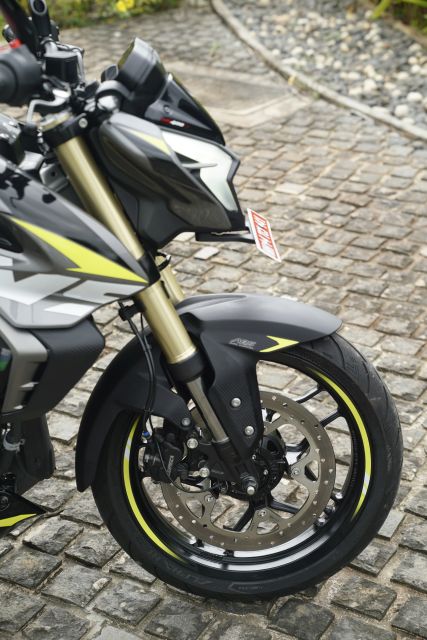
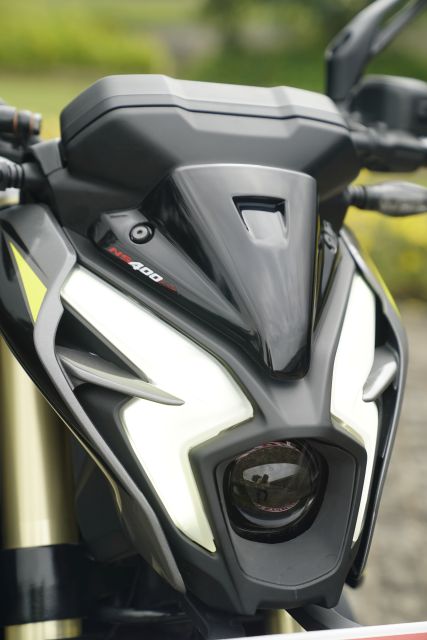
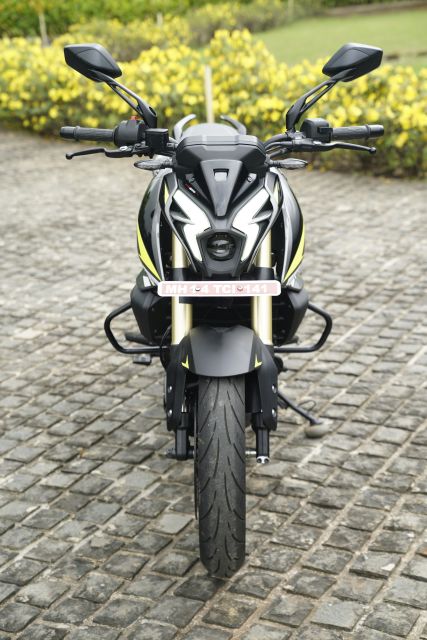
Bajaj have also tweaked certain engine parameters. This has resulted into a three horsepower bump in Sport mode, taking the maximum output up to 43 hp. Sport mode has also been given a more aggressive throttle response than before and the red-line has been taken up to 10,700 rpm, up 1,000 rpm from the previous one. The claimed top speed is now 157 km/h, seven km/h more than the outgoing model. However, the most notable feature addition, in my opinion, is Bajaj’s “Sport Shift”, which is a bi-directional quick-shifter that does not use a sensor, unlike other conventional quick-shifter systems which do.
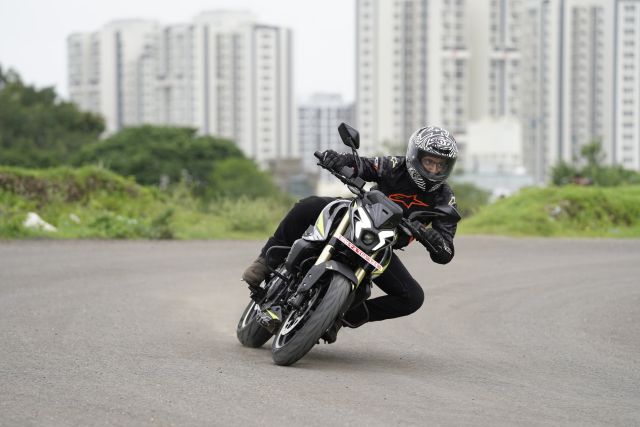
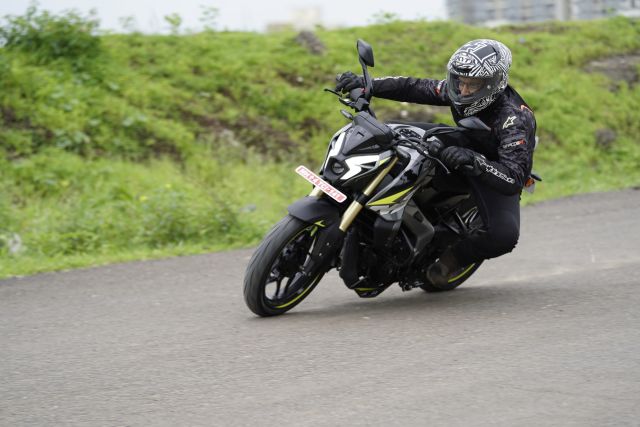
The Pulsar NS400Z is a quick bike. The KTM-sourced engine feels great and it makes a characterful sound too. Sport mode did feel fairly lively and immediate, more so than in the previous iteration of the bike, which is a consequence of the revised throttle map. While taking a few spirited corners in the dry as well as while tackling the wet roads on the way back from Lonavala, the Alpha H1s felt great, with commendable grip in both conditions. The brakes also performed well. The front brake pad is a sintered unit now, but the proper extent of the brakes’ and tyres’ performance will have to be tested on a track, since that’s where the extent of the performance delta will be properly evident, where the capabilities of both components can be pushed to their limits.
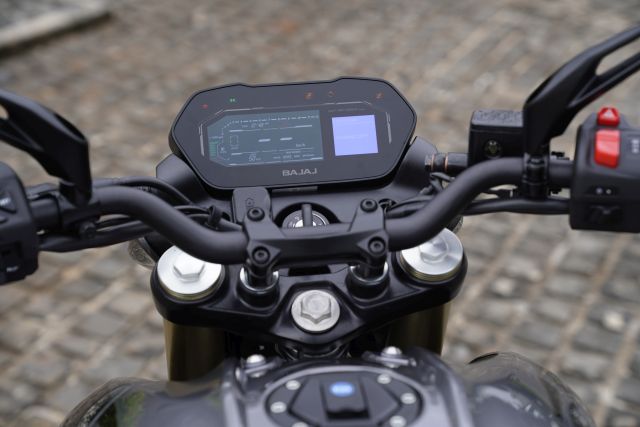
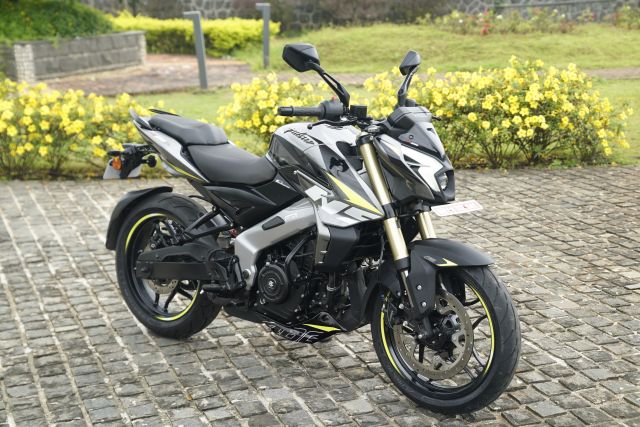
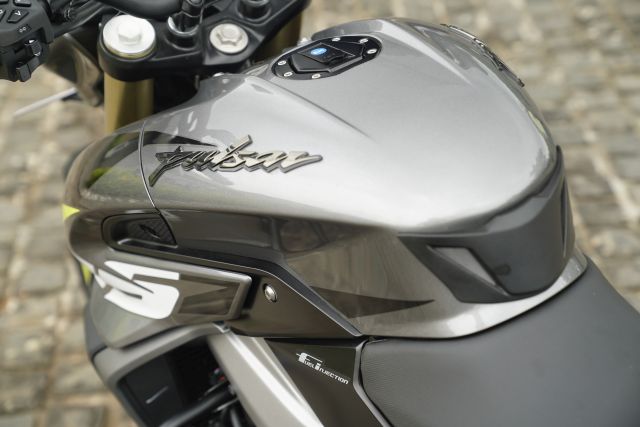
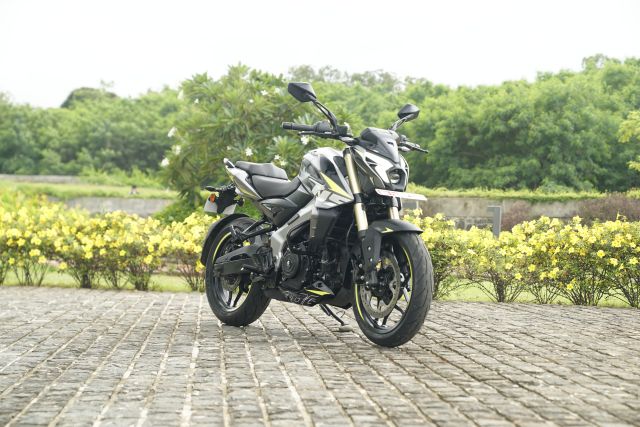
The quick-shifter, I’m delighted to report, works very well. I’d go as far as to say that in most scenarios it’s about 85 to 90 per cent as good as KTM’s. In a few scenarios it felt a tad clunky, but for the most part it was fun to use and adequately smooth. Bajaj say that because of the sensor-less nature of this quick-shifter, it was not a very expensive feature to incorporate into the upgrade.
After receiving all these updates, the price of the Bajaj Pulsar NS400Z has gone up by around Rs 7,000, bringing the new ex-showroom price to Rs 1.92 lakh, which, as mentioned earlier, is still below Rs 2 lakh. In my opinion, the NS400Z is now a much better package than before and that too for not a lot of extra money. If you’re thinking of stepping into the 400-cc space, this bike deserves your attention.
Also read: Updated KTM 390 Adventure X Launched


Leave a Reply